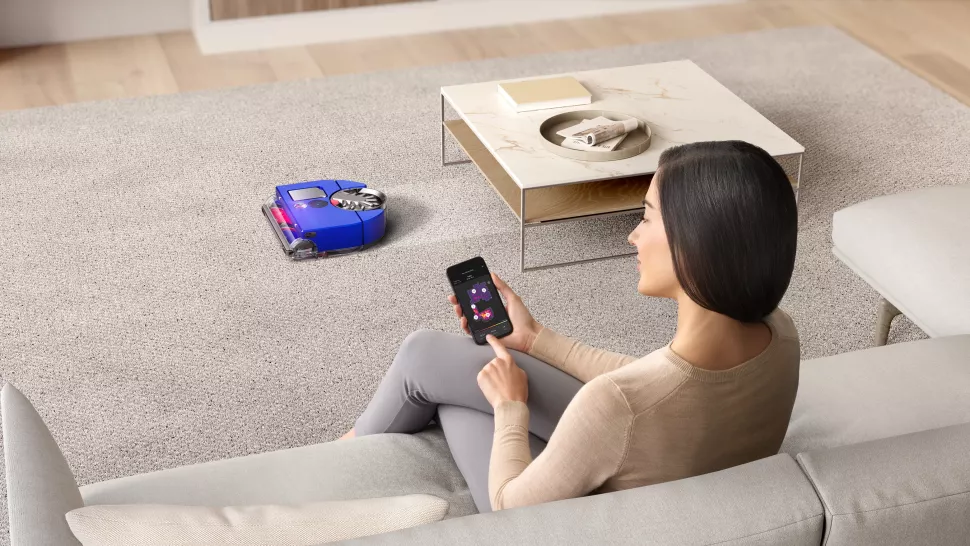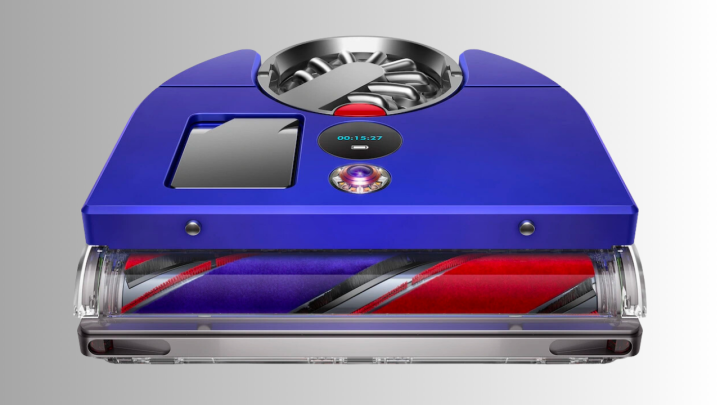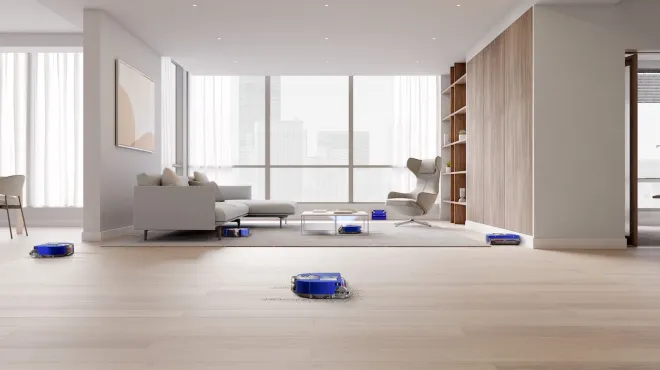Dyson has come up with its new variants of robotic vacuum cleaners, The Dyson 360 Vis Nav robo vac which is smaller, smarter, and better at edges. The company also announced a new wet vac, the latest generation of Dyson’s cordless vacuums, and a very big air purifier. In 2016, Dyson came up with Dyson 360 Eye , but it became a failure pretty soon and its production was stopped apparently because its design was ill-suited to the layout of American homes.
Dyson is unveiling the Dyson 360 Vis Nav robot vacuum, which is smaller and more compact compared to its earlier models. The Vis Nav is specifically engineered to excel in the intricacies of American homes. While retaining the distinctive elongated brush and square design from the 360 series, it incorporates enhanced suction power and a quicker processor. However to test this model differently , Dyson has decided that the 360 Vis Nav will be the first robot vacuum cleaner the company has actually released in Australia, and, more than that, Australia and Japan will be the only countries to get the 360 Vis Nav at first.
In contrast, the Dyson 360 Vis Nav features a distinctive D-shaped design. Dyson claims that the two sharp angles on the front enable the robotic vacuum to effectively access corners. Even if it happens to overlook a corner initially, Dyson assures that the Vis Nav will backtrack to ensure thorough cleaning.
With the name suggesting automatic features this expensive vacuum cleaner is designed to vacuum, mop and empty itself to complete its cleaning process, whilst the other non-robotic vacuum cleaner of only 360 Viz Nav does the vacuum stuff by itself and expects to be cleaned manually. It is mentioned as expensive as the pricing of this product doesn’t lie to the facts , the price being $2,399.
Unlike many other robot vacuum cleaners that rely on spinning brushes, the Dyson 360 Vis Nav sets itself apart with a proximity sensor that detects walls. When it approaches a wall, it utilizes a specialized suction arm, known as the “extending side actuator,” which resembles a small tongue, to actively draw in dust and debris from the sides. The suction power of the small tongue like structure is 65 Watts.
Every year in the month of May, Dyson comes up enthusiastically with a new model of vacuum cleaners , and despite failing with its previous models especially in the homes of the U.S. , Dyson is hoping that its new robotic technology will surpass the challenges and fit into the homes of its target audiences quite reasonably.








